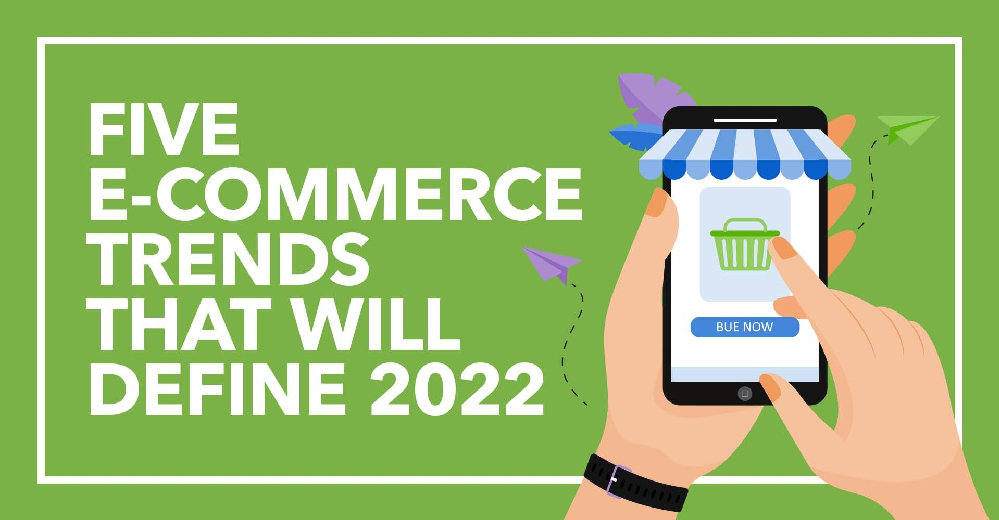The e-commerce industry has exploded tremendously in the last few years, with more and more people flocking the convenience of shopping online and waiting for their products to arrive at their doorstep.
As we ring in 2022, it doesn’t seem like the hype of the e-commerce realm will decline, but new trends will change how online retailers, as well as buyers, will behave — trends that could change the pace of the e-commerce industry.
We reviewed the data and uncovered five trends we can expect from the e-commerce industry in the new year.
Better Delivery Options
The main offering of the e-commerce industry is convenience. Customers can easily scan for products they’re interested in, place their orders, and settle their payments all in the comfort of their mobile devices. After that, the only thing left to do is to wait for the package to arrive.
But consumer demand for better, faster, and easier delivery options is getting more strenuous. This led to the emergence of door-to-door delivery, same-day delivery, and other delivery revolutions. As consumers look for more flexible, faster, and personalized options, e-commerce shops should put their focus on learning and adopting delivery trends such as multilayer distribution, software-assisted delivery, and super-optimized supply chains.
Cryptocurrency Payment Options
Crypto as a real currency is not a new concept. But its application in the consumer market and the e-commerce industry have not been well adopted — at least, not yet. A handful of cryptocurrency websites, such as coinmarketcap.com and binance.com, have more than tripled in web traffic in 2021.
This is an indication that cryptocurrency is becoming more mainstream, and can even be offered as a payment option in e-commerce stores. Retailers who want to stay ahead in 2022 should start getting themselves familiar with cryptocurrency principles and blockchain technology.
Direct to Consumer Trade
E-commerce has paved the way for businesses to be able to sell directly to their customers and minimize the engagement of resellers or intermediaries. This is known as direct-to-consumer trade or D2C. Because of this direct connection, retailers can set up their online stores within their websites instead of having to list their products on trading platforms.
D2C, therefore, opens the door for businesses to sell directly to their consumers, reduce costs, and enjoy a greater profit — something many brands are looking forward to endeavoring in 2022.
Shift to Sustainability
Sustainability is more than just a buzzword these days — it’s an actual movement, especially amongst the youth. Consumers are now more selective about the brands they support and this new focus on sustainability is a sign that brands need to make the switch.
Sustainability in e-commerce can be seen in how retailers are changing their packaging, transitioning from the use of plastics to using paper or other more eco-friendly materials. Some e-commerce companies are also providing information on how their packaging can be recycled to lessen waste.
2022 is going to be a bright year for e-commerce — but from recent trends, only those who adopt sustainable practices will survive more meticulous consumers and a stronger movement toward sustainability.
Second-Hand Supremacy
The popularity of second-hand buys goes hand-in-hand with sustainability. In the past year, businesses that offer second-hand clothing have seen sustained growth, with more people staying away from fast commerce and leaning into recycled and reused merchandise.
Because of this, we expect to see more second-hand shops thriving in 2022, as well as more brands adding this section to their stores. Companies are also expected to be more motivated to offer rewards to consumers for recycling efforts.
Businesses can capitalize on this new trend by providing second-hand options where possible or creating reward systems for recycling consumers.
2022 is going to be an exciting year for the e-commerce industry, especially with these trends that are waiting at the door. Regardless of where the wind takes us this year, keeping the above in mind and finding ways to adapt it into your e-commerce business can spell the difference between you thriving or lagging behind.
